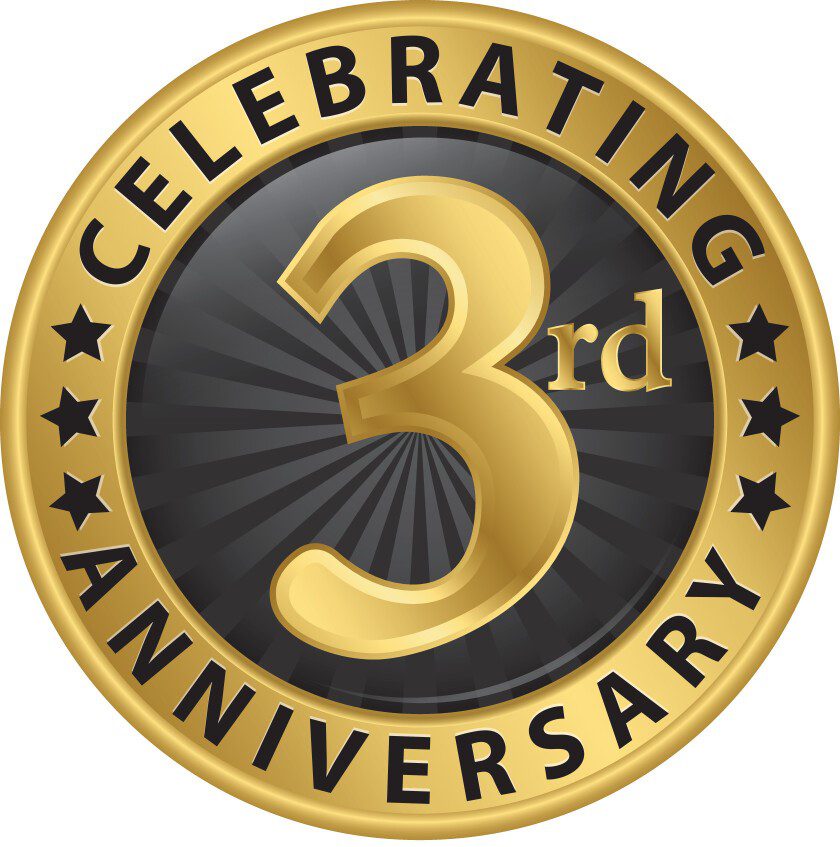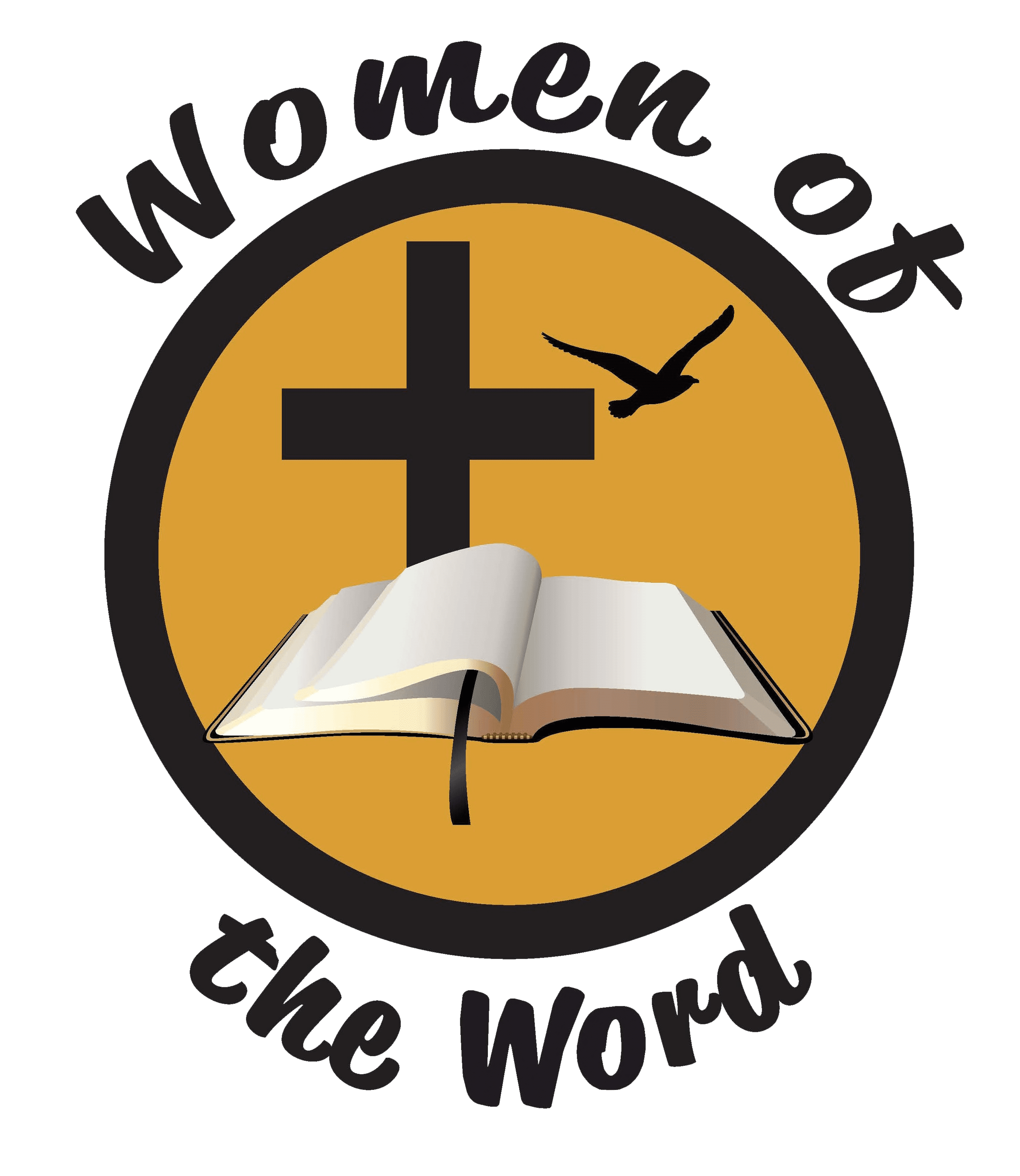Harlem, most well-known as a historic Black neighborhood, also once housed the second largest population of Jews in America.
NEW YORK (RNS) — On a Tuesday morning in early November, 16 adults and a baby in a stroller huddled in a group near the statue of Adam Clayton Powell Jr. in Harlem.
Despite the chill in the air, all eyes were intent on Barry Judelman as he delivered a brief history of the neighborhood’s Jewish community.

The group, gathered that day for the Jewish Harlem Walking Tour, was mostly older and Jewish. This is generally true of the participants in the various Jewish history tours Judelman leads around New York City.
“That’s one of the sad things about it,” he said.
According to Judelman, more often than not, people interested in such tours have a family connection to the Lower East Side or parts of Brooklyn, where there is still a large Orthodox Jewish population.
Younger Jews, he said, often don’t have “the background interest and more importantly, knowledge of the fact that they live in what was this massive Jewish community. Indeed, the beginnings of the American Jews.”
Growing up in South Africa, Judelman was always interested in Jewish history. His interest in his heritage took him to Israel and then later to the U.S. to study the history of Jewish Americans. He has been tracing that history in New York for the past two years and has been sharing his knowledge through tours across the city, in collaboration with the Lower East Side Jewish Conservancy.

“I think teaching and imparting in an exciting, innovative and creative way — not the old-fashioned, boring way — is so important right now, more than ever,” said Judelman.
Stretching north of Central Park, Harlem is most well-known as a historic Black neighborhood, but it also once housed the second largest population of Jews in America — about 175,000. The movement of Jews from the Lower East Side of the city north to Harlem began in the 1870s and became more established in the early 1900s, after the introduction of the subway system in Manhattan.
Beginning their tour at what was once Blumstein’s, a department store owned by German Jewish immigrant Louis Blumstein, the group followed Judelman eastward, to look at old worship centers and brownstones once inhabited by well-known Jewish celebrities such as Richard Rodgers, Harry Houdini and Gertrude Berg.
One can easily imagine the size of the Jewish community in the area based on the number of synagogues that existed — Temple Israel, Commandment Keepers, Shaare Zedek, Ohab Zedek, Institutional Synagogue and the Ansche Chesed. All of these have now been converted to churches, a testimony to the drastic change in the demographic of the locality’s residents.
Throughout the walk, members of the group chimed in with their own experiences and the historic synagogues they have seen. At one point when standing outside the Bethel Way of the Cross Church of Christ, formerly the Shaare Zedek Synagogue, a discussion began on how one should renovate synagogues. Some missed the charm of traditional worship spaces while a majority agreed they are not as functional and are very difficult to maintain.

The tour ended outside Harlem Hebrew Language Academy, where everyone dispersed to grab lunch or a freshly made rugelach, a filled pastry, from a bakery nearby.
After the tour, Judelman noted what he sees as major factors impacting the Jewish community in the country.
“The great threat to Jews feeling so much at home in America is that they will quickly become assimilated,” he said. “Many Jews not only have married out of the faith but have basically lost the faith. You know, they just don’t practice and they don’t identify.”
And with antisemitism on the rise, he said, there is growing discomfort within the community. Even in New York, he said, there’s been “a giant wake-up call.”
“People always thought New York is immune to all of that because of the size of the community,” said Judelman. “But I think all those illusions are now long gone.”
“The safety and comfort level Jews have felt in America, the ground is beginning to shift and shake a little bit,” he added.
This is the reason why he continues to show up, even on a cold and gray day, to escort his tour groups around the city.
“I think ultimately, American Jewish identity is very much strengthened by people having a historical perspective.”


